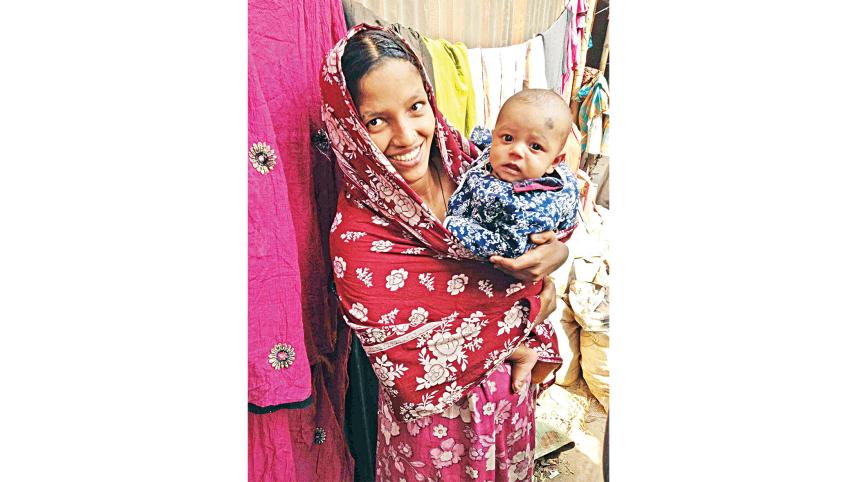Global child and adolescent health targets in jeopardy without urgent, comprehensive reform

Despite recent progress, the world is on track to miss its child and adolescent health targets, with over 8.6 million deaths expected in 2019. Children and adolescents need comprehensive, coordinated care from conception to adulthood, according to a new Lancet Series.
Despite recent progress, the world is on track to miss its child and adolescent health targets, with over 8.6 million deaths expected in 2019. Children and adolescents need comprehensive, coordinated care from conception to adulthood, according to a new Lancet Series. They also show how the COVID-19 pandemic has disrupted economies and social systems, jeopardising recent progress toward achieving the United Nation's Sustainable Development Goals (SDG) and increasing children's vulnerability to violence, abuse and mental health issues.
Children and families faced many challenges during the COVID-19 pandemic, highlighting the urgent need to transform the global child and adolescent health agenda. With less than eight years to go, many children and adolescent health targets are off track. We urgently need a holistic approach that supports children and their families from conception to early adulthood to improve health outcomes, economies, and society. Indicators of human capital and country progress include mortality rates in the first five years of life. But this indicator only looks at one aspect of child development.
Instead, the Series authors considered survival conditions, growth, disability, and education across different world regions and their effects on crucial life stages from the third trimester of pregnancy to 20 years of age. In this age range, there were 8.6 million deaths in 2019. Of these deaths, 1.9 million (23 %) were stillbirths, and 2.4 million (28%) were neonatal deaths. Additionally, 2.75 million (32%) children died between one month and five years. Among older children and adolescent deaths, 506,000 (6%) occurred among five-to-nine-year-olds, 368,000 (4%) deaths occurred among 10–14-year-olds, and 595,000 (7%) deaths occurred among 15–19-year-olds.
The interventions must be scaled up and continued through early childhood and adolescence via school-based and community delivery platforms, where children and families can have consistent access to immunisations and screening programmes to address often neglected areas of child health such as anaemia, vision, dental conditions, non-communicable diseases, neglected tropical diseases, and mental health conditions (including anxiety and depression).
An analysis of data from 95 national surveys in low and middle-income countries (LMICs) confirms that vast economic inequalities persist both between and within countries, with strong connections between early-life poverty and health, nutrition, and cognitive development of children and adolescents.
Of the countries included in the analysis, children at the lowest end of the wealth spectrum had at least double the risk of detrimental health outcomes linked to an early life poverty, such as childhood mortality, stunting, development delays, teenage motherhood, and incomplete primary school compared to children at the top of the wealth spectrum. Furthermore, the magnitude of inequality in child mortality, nutrition, and development was positively associated with the degree of economic inequality.
However, as pandemic recovery programmes are developed, policymakers have an unprecedented opportunity to strengthen existing anti-poverty policies and create new, multisectoral programmes that will work with health and nutrition interventions to offset the pandemic's impact on women and children.



 For all latest news, follow The Daily Star's Google News channel.
For all latest news, follow The Daily Star's Google News channel.
Comments